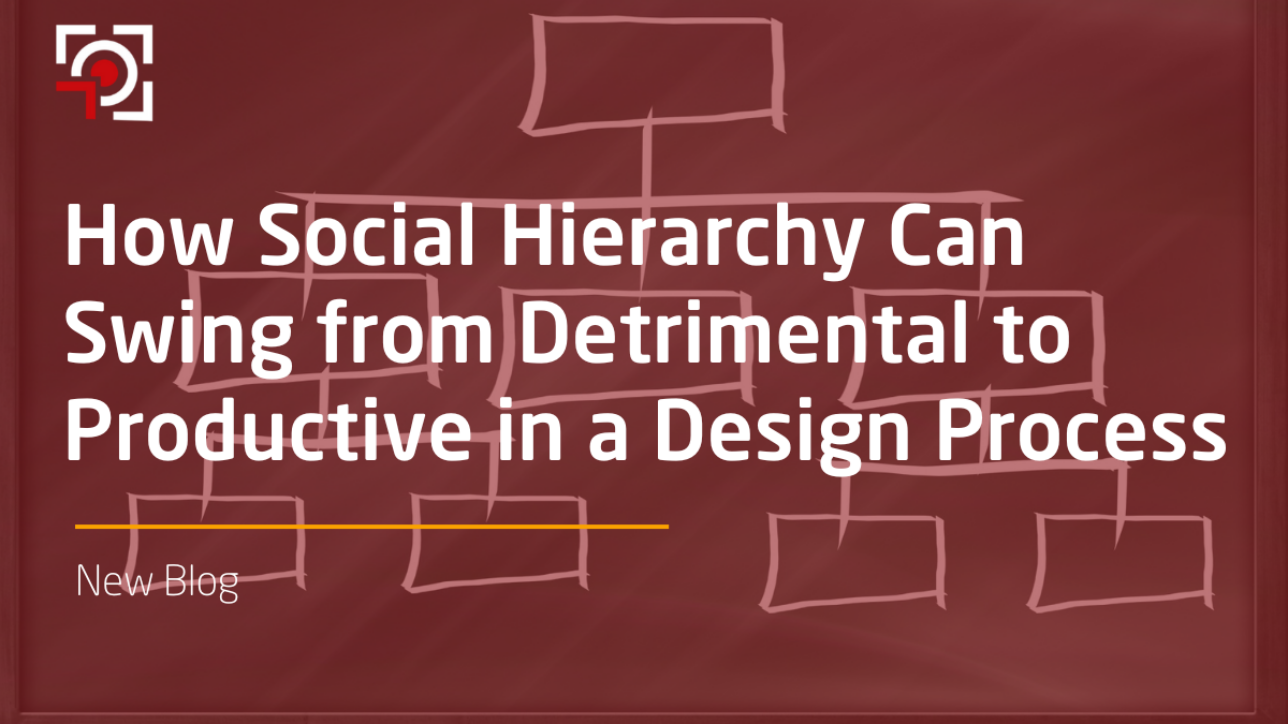Redesigning an organization’s operating model affects employee morale, communication, culture, and roles. Positive changes can boost engagement and job satisfaction by clarifying roles and fostering better collaboration. Poorly managed design processes, however, can lead to anxiety, resistance, and communication breakdowns, which, in turn, can lead to silos and confusion. Addressing these impacts through transparent communication, inclusive planning, and strong change management is crucial for a successful transition. What happens when an operating model design process intersects with an organization’s existing social hierarchy? I’ve seen firsthand how social hierarchy can either stifle creativity and innovation or drive a team towards unprecedented success. Understanding how to navigate and harness this complex social structure is crucial for any organization aiming to optimize its operating model design process.
Detrimental Effects of Social Hierarchy
Stifled Innovation and Creativity
- Fear of punishment: In rigid hierarchical structures, lower-ranking team members often hesitate to voice unconventional ideas, fearing negative repercussions. Fewer viewpoints are entertained, leading to a lack of critical thinking and care, which can suppress creativity and limit the diversity of thought essential for innovative design.
- Echo chambers: Higher-ranking individuals may inadvertently create echo chambers in which few employees feel free to challenge ideas.
Inefficiency and Lack of Autonomy
- Bureaucratic bottlenecks: Hierarchical organizations can suffer from bureaucratic delays, where approvals and decisions required in the design process must pass through multiple levels of management, slowing down the design process.
- Reduced agility: The rigidity of hierarchical structures can make it difficult for organizations to pivot quickly in response to new information or changes in the market.
Low Morale and Engagement
- Disempowerment: When team members feel their input is undervalued due to their position in the hierarchy, it can lead to disengagement and low morale, reducing overall productivity, participation, and quality of the design process.
Turning Hierarchy into an Asset
Despite its potential drawbacks in operating model design processes, an organization’s social hierarchy can be leveraged to enhance the design process when approached strategically. Here’s how:
Structured Ideation
- Clear roles and responsibilities: Hierarchical structures can provide clarity on roles and responsibilities, ensuring that each team member knows their specific contribution to the design process. This clarity can streamline workflows and enhance accountability.
- Efficient decision making: When hierarchy is well-managed, it can facilitate faster decision making by clearly defining who has the authority to make final calls on design decisions.
Enhanced Coordination
- Aligned goals: Hierarchical structures can help align the team around common goals and priorities, ensuring that everyone is working towards the same objectives. This alignment is critical for maintaining focus and coherence in the design process.
- Resource allocation: Effective hierarchy allows for strategic allocation of resources, ensuring that the right people and tools are available for different stages of the design process.
Mentorship and Skill Development
- Knowledge transfer: Senior team members can mentor juniors, sharing their expertise and experience. This mentorship not only fosters skill development, but it also ensures that valuable knowledge is passed down, enriching the design process.
- Constructive feedback: A well-structured hierarchy can create a formal mechanism for providing constructive feedback, helping team members improve their contributions and grow professionally.
In conclusion, strategies to deploy for optimizing social hierarchy in operating model design processes are about creating channels for open and honest communication through which team members at all levels can share ideas and feedback without fear of retribution. Additionally, promoting collaboration of team members at all levels to make decisions based on collective insight can help leaders leverage the power of an organization’s social hierarchy. Social hierarchy in an operating model design is a nuanced and powerful force. By recognising and strategically managing an organizations’ influencers and major stakeholders, leaders can turn potential drawbacks into significant advantages.


